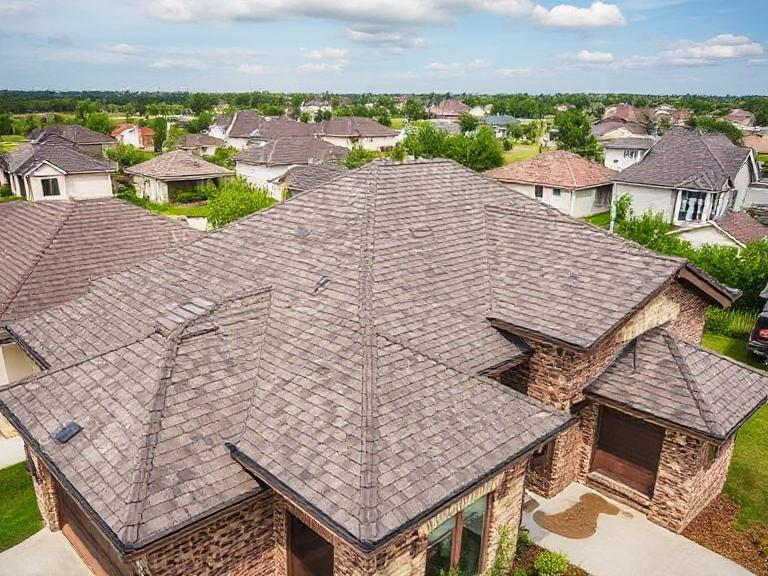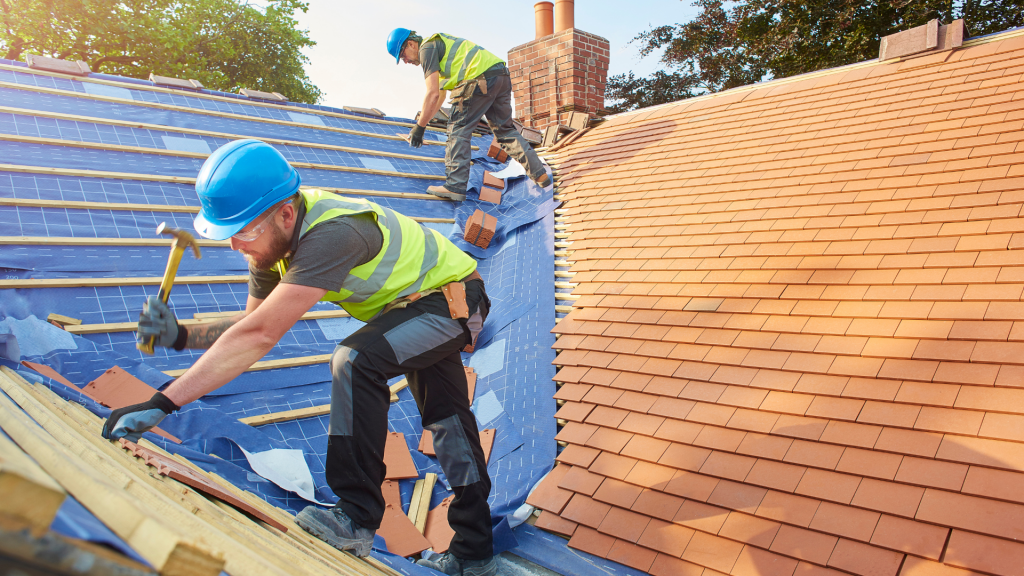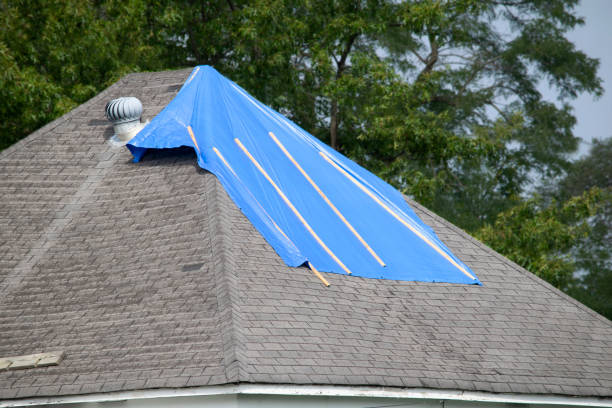How Do You Temporarily Cover A Damaged Roof In Wylie?
Introduction
A damaged roof can be a homeowner’s worst nightmare. Whether it's from severe weather, aging materials, or unexpected accidents, the need for quick solutions is paramount. You might find yourself searching frantically for “ roof tarping near me” or “ emergency roofing services.” Don’t worry; we’ve got your back! view In this article, we’ll dive into temporary solutions for a damaged roof: quick fixes that you can implement right away while waiting for professional help.
Temporary Solutions for a Damaged Roof: Quick Fixes
When disaster strikes, and you have a leak or other roof damage, it’s essential to act quickly to minimize further issues. Before calling in the pros with “ 24 hour emergency roof repair near me,” here are some temporary solutions that can help:
1. Assess the Damage
What Should You Look For?
Before you get your hands dirty, take a moment to inspect your roof. Are there missing shingles? Is there water pooling? Understanding what you’re dealing with will guide your next steps.
2. Gather Your Tools
What Tools Do You Need?
You don’t need an arsenal of equipment, but having some essentials makes the job easier. Grab:
- A sturdy ladder
- Tarps
- Roofing nails
- A hammer
- Utility knife
- Duct tape
- A bucket (for leaks)
3. Use Tarps as Temporary Covers
How Do You Apply a Tarp Safely?
If you spot any exposed areas or leaks, using tarps can be an effective temporary solution.
This method is especially useful if you're facing rain and need immediate protection until “ 24 hour emergency roof repair” services arrive.
4. Repair Missing Shingles Quickly
Can You Replace a Shingle Yourself?
Absolutely! If you find missing shingles during your inspection:
This will help keep water out until further repairs can be made.
5. Seal Leaks with Roofing Cement
Is Roofing Cement Effective?
Yes! Roofing cement is a great short-term fix for small leaks:
This will help reduce water entry until more permanent repairs are made.
6. Create Drainage Paths
Why Is Drainage Important?
Water pooling on your roof can lead to extensive damage if not addressed quickly:
Good drainage helps protect against further issues like mold growth or structural damage.
7. Inspect Your Attic
What Signs of Damage Should You Look For Inside?
Head into your attic and look for signs of leaks or water damage:
- Stains on walls or ceilings
- Mold growth
- Damp insulation
If you notice these issues, place buckets under leaks and consider using fans to dry out wet areas temporarily.
8. Cover Larger Areas with Plywood
When Should You Use Plywood?
If large sections of your roof are compromised, plywood can offer additional coverage until professionals arrive:
This provides an extra layer of protection against elements like wind and rain while waiting for emergency services!


9. Call Emergency Roofing Services
When Is It Time to Call Professionals?
If you're feeling overwhelmed or if damage seems extensive, it's time to call in experts who specialize in urgent situations: “ emergency roofing services.” They can provide long-term solutions after you've implemented temporary fixes.

10. Document Everything
Why Is Documenting Damage Important?
Take photos of all damages and temporary repairs; this information is crucial when discussing future repairs with your insurance company!
Frequently Asked Questions (FAQs)
1. What should I do first if my roof is damaged?
First things first—assess the damage! Identify where it's coming from, gather necessary tools, and apply temporary fixes such as tarping over exposed areas until professionals arrive.
2. How long can I leave my roof temporarily fixed?
Temporary fixes should only last until permanent repairs are made—usually no longer than a few weeks depending on weather conditions and severity of damage.
3. How do I find emergency roofing services near me?
Search online for local companies specializing in urgent roof repairs—look for reviews and ratings that indicate reliability!
4. Can I do temporary repairs myself without professional experience?
Yes! Many homeowners successfully implement basic temporary solutions like tarping or nailing down loose shingles without prior experience—but always prioritize safety!
5. What does 24-hour emergency roof repair involve?
These services typically include immediate assessment of storm-related damages followed by necessary repairs—even at odd hours—to ensure safety against elements like rain or snow!
6. Are DIY solutions as effective as professional ones?
While DIY methods are great for quick fixes, they lack longevity compared to expert repairs which address root causes properly—always aim higher when possible!
Conclusion
Having a damaged roof doesn’t have to spell disaster; employing these temporary solutions can protect your home while waiting for professional assistance! Remember always reach out to reliable “ emergency roofing services” whenever needed—and document everything along the way! With prompt action combined with informed decisions ahead, you’ll minimize damage effectively in no time flat! So keep calm and tackle those pesky roofing problems head-on—you’ve got this!